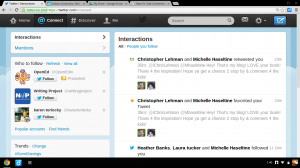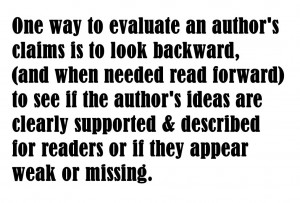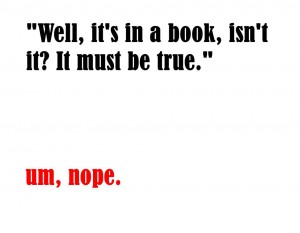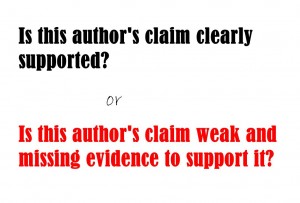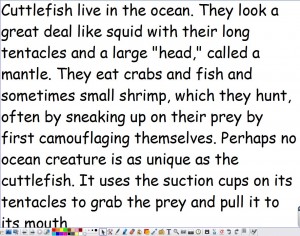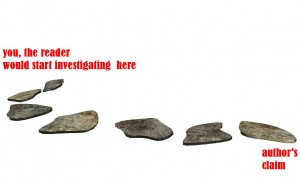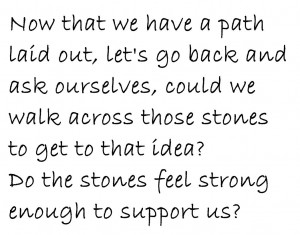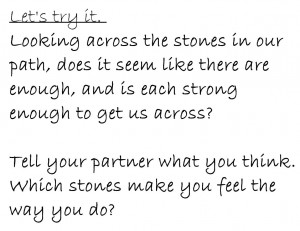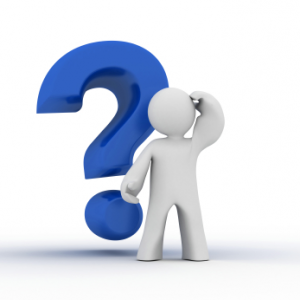In class this week, we have been studying the narrative structure of writing. We discussed how all good stories have structure–and there are building blocks (elements of narrative structure) that fit together like Legos to form this structure). These “Legos” create the novels we love to read, the short stories that thrill us, and the TV episodes and movies we can’t turn off. We call these five important “Legos” of a story:
1. Exposition
2. Rising Action
3. Climax
4. Falling Action and
5. Resolution.
We learned in elementary school that all good stories have a beginning, a middle, and an end. Now that we’re in middle school and getting more sophisticated, we are going to use more precise vocabulary for these labels. The beginning of a story is the exposition and this is where the reader meets the main character(s) and is introduced to the setting (time and place). Sometimes the exposition can take up many chapters or paragraphs; sometimes exposition is much quicker in a short story.
There is usually an inciting event or something that happens that starts the rising action of a story, where one event leads to another, like dominoes falling over, building suspense until the climax, or turning point of the story. Here, in the climax, the main character comes face to face with an important decision or conflict in the story, or this could be the most action-packed part of the story. But we know we are in the climax because something changes after this part of the story. Things are different as we move into all of the events following the climax (aka the falling action) and finally the resolution, where all of the loose ends are tied up and we hopefully arrive at a satisfying conclusion.
We are still reading stories for enjoyment, but now we are more skilled readers, and equipped with this knowledge, and can analyze or break stories down into these parts for further discussion when we want. We have used a plot diagram to do this in class. We watched a simple cartoon, Lambert, The Sheepish Lion, where each part of the plot was clear, then, using technology we moved scene-shots from the cartoon around on the Promethean Board and decided as a class how the story worked together so well to make us smile, laugh, and sing along. And now when we write a story, we know we want to have these essential elements to make it the best it can be.
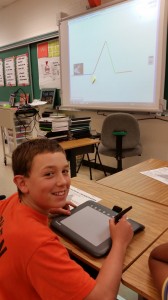
Using the ActivSlate to plot
the exposition of Lambert,
The Sheepish Lion.

